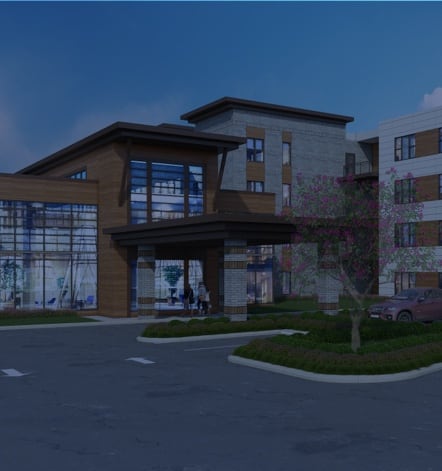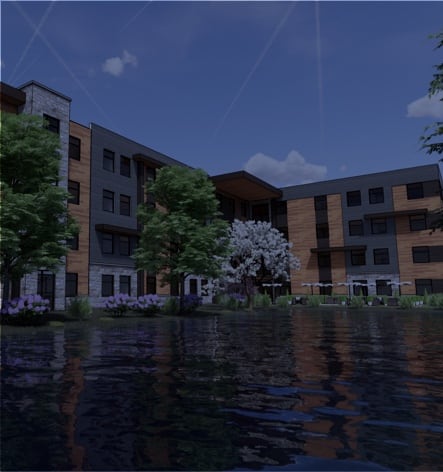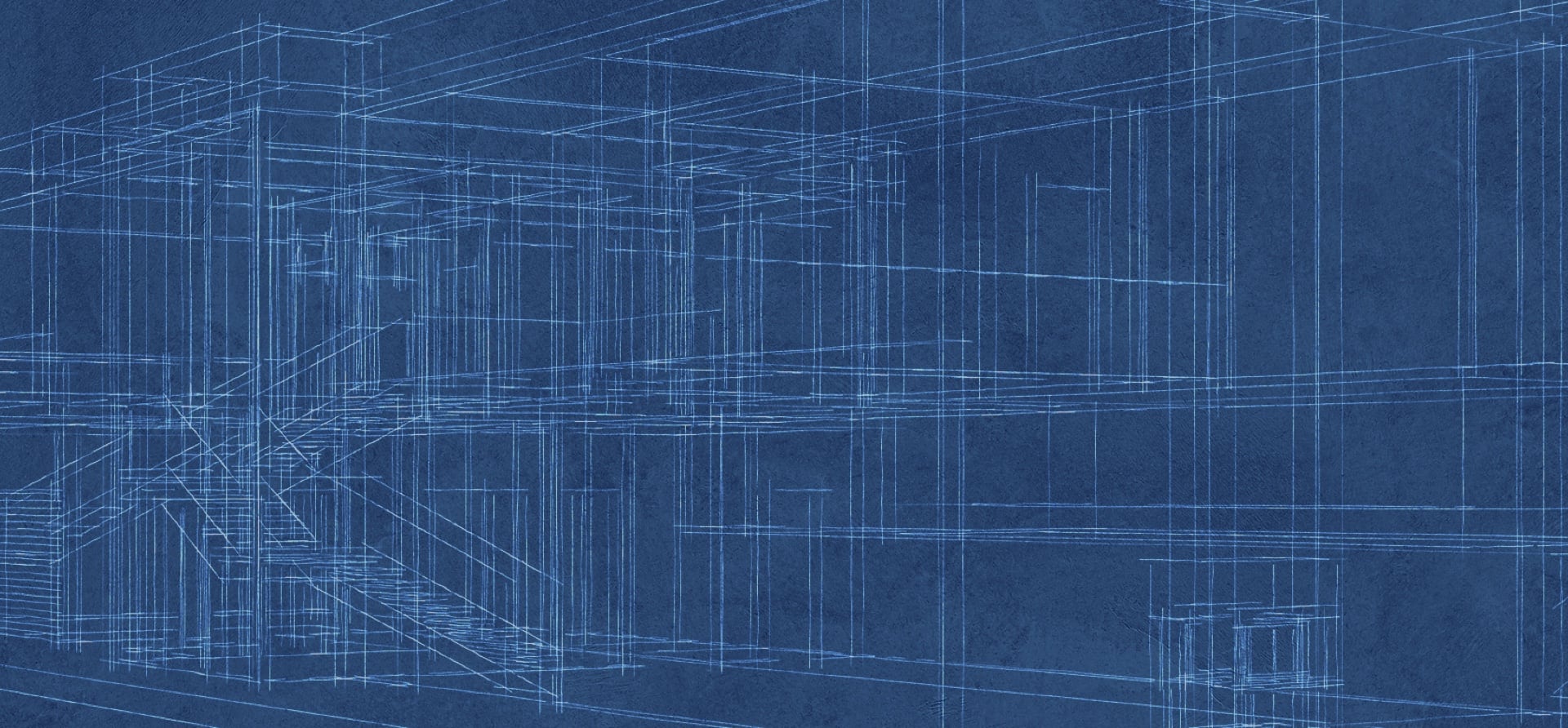The landscape of senior housing is evolving rapidly, and trends are promising to enhance the quality of life for older adults. In 2025, we can expect health and wellness to be at the forefront of housing needs, with technology supporting from the sidelines to support a growing aging population.
A Brief Look at Senior Housing Over the Last Five Years
In recent years, the senior housing sector has undergone significant transformation. From the rise of independent living communities to advancements in assisted living, there’s been an ongoing effort to balance comfort with care. This evolution has been about more than just meeting basic needs and creating environments where seniors can thrive.
Over the past five years, we’ve seen a shift towards more personalized care. Facilities are emphasizing tailored services that cater to individual preferences and health requirements. This approach not only improves satisfaction but also enhances the overall well-being of residents.
The incorporation of technology has also been a game-changer. Smart home features, telehealth services, and digital communication tools have become integral parts of senior housing, providing convenience and fostering independence while ensuring safety.
Summarizing 2024 Trends: Integration of Virtual Reality & Augmented Reality
Speaking of technology, virtual reality (VR) and augmented reality (AR) integration in senior housing were a standout trend this last year. VR and AR have opened new avenues for entertainment and connection. Seniors can now travel virtually to destinations worldwide, participate in interactive storytelling, or even engage in cognitive exercises designed to stimulate their minds.
Beyond leisure, VR and AR are playing crucial roles in healthcare. Through virtual simulations, seniors can undergo physical therapy or rehabilitation exercises in a controlled, engaging environment. This not only promotes recovery but also makes the process more enjoyable.
What is the Outlook for Senior Housing in the US?
The outlook for senior housing in the US is promising, driven by a growing demand for more diverse and inclusive living options. By 2025, the senior population is expected to grow significantly–especially knowing that within the next five years, all baby boomers will be 65 and older–creating a need for innovative solutions that cater to varied lifestyles and preferences.
Demand for senior housing currently sees a strong emphasis on:
- Community-Based Living. Future senior housing will likely focus on fostering connections among residents, promoting social interaction, and reducing isolation. This approach aligns with the understanding that emotional well-being is as vital as physical health.
- Sustainability. New senior housing developments are incorporating eco-friendly designs and energy-efficient systems. This shift reduces environmental impact and resonates with seniors who value sustainability and want to live in harmony with nature.
How Many Senior Houses Are There in the US?
The number of senior housing facilities in the US has steadily increased to meet the rising demand. There are over 30,000 facilities nationwide, each offering different levels of care and amenities to suit diverse needs.
These facilities range from independent living communities that provide minimal assistance to skilled nursing homes equipped to handle complex medical conditions. This diversity ensures that seniors and their families can find the right fit, depending on their current lifestyle and future care needs.
Looking to 2025 Senior Housing
Looking ahead to 2025, senior housing is poised to become more innovative and responsive to the evolving needs of older adults. Key trends to watch are:
- The continued integration of intelligent technology, with homes becoming increasingly connected to simplify daily living.
- Health and wellness will be at the forefront of design considerations. Facilities must incorporate more wellness centers, fitness programs, and holistic health services. This reflects a broader societal shift towards preventive care and maintaining an active lifestyle well into one’s senior years.
- Economic factors will also impact senior housing trends. With the cost of living rising, there will likely be a push towards more affordable housing options that do not compromise on quality or care. This could lead to new models of co-housing or shared spaces that balance community living with personal privacy.
Senior housing is on the brink of exciting changes. From technological innovations to a stronger focus on community and sustainability, the future promises to offer older adults more choices and better living conditions. Distinctive Living has led senior living development for over 20 years. We know that high-quality, desirable senior living communities create spaces where residents feel safe, secure, cherished, and connected to their families. Contact us today to see how we can help you bring your ideas from concept to creation and bring your vision to life.

















